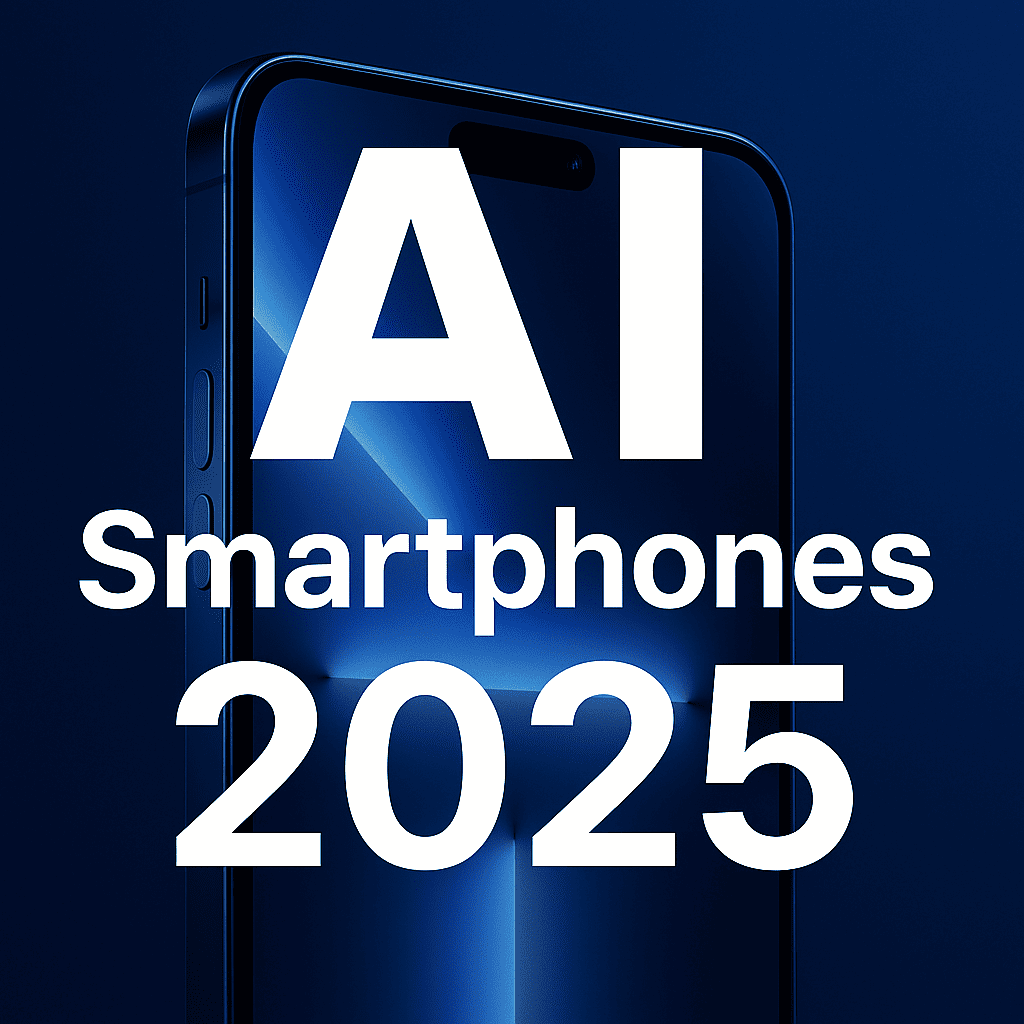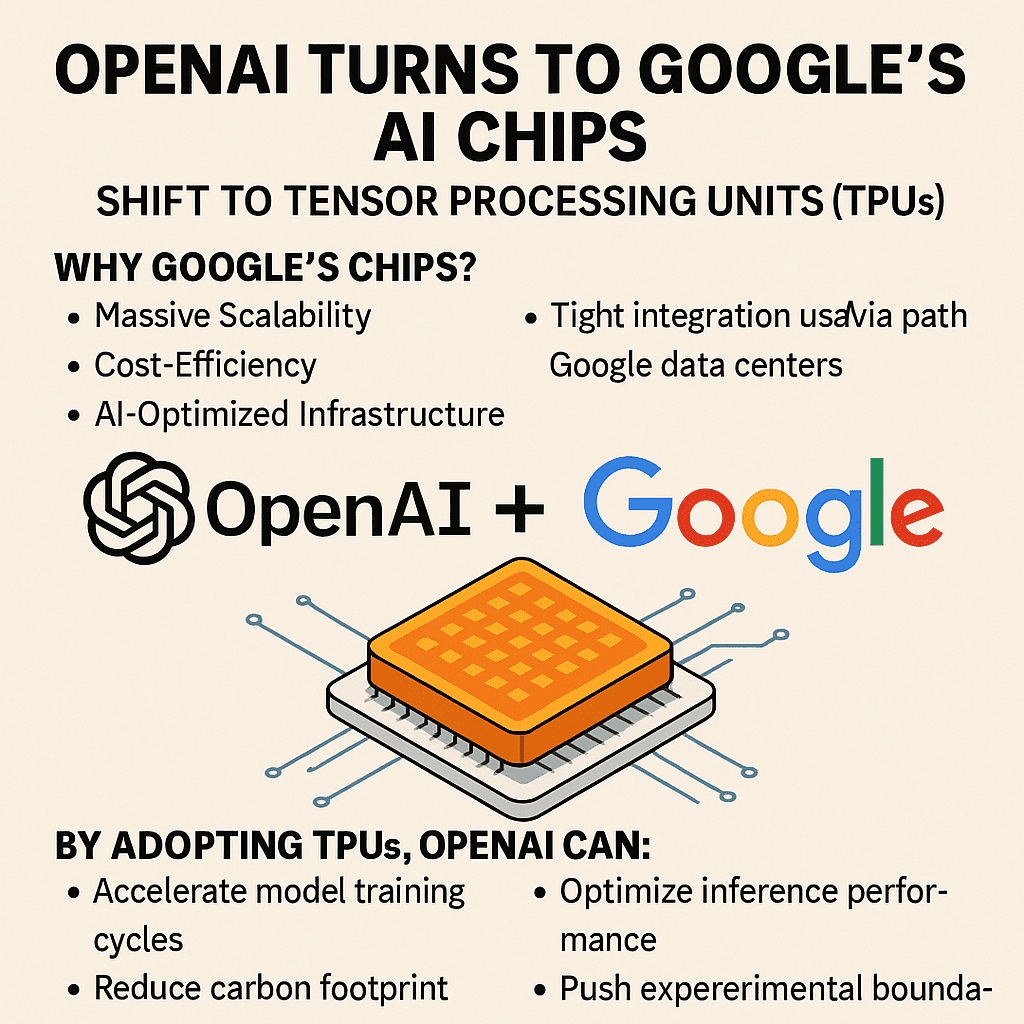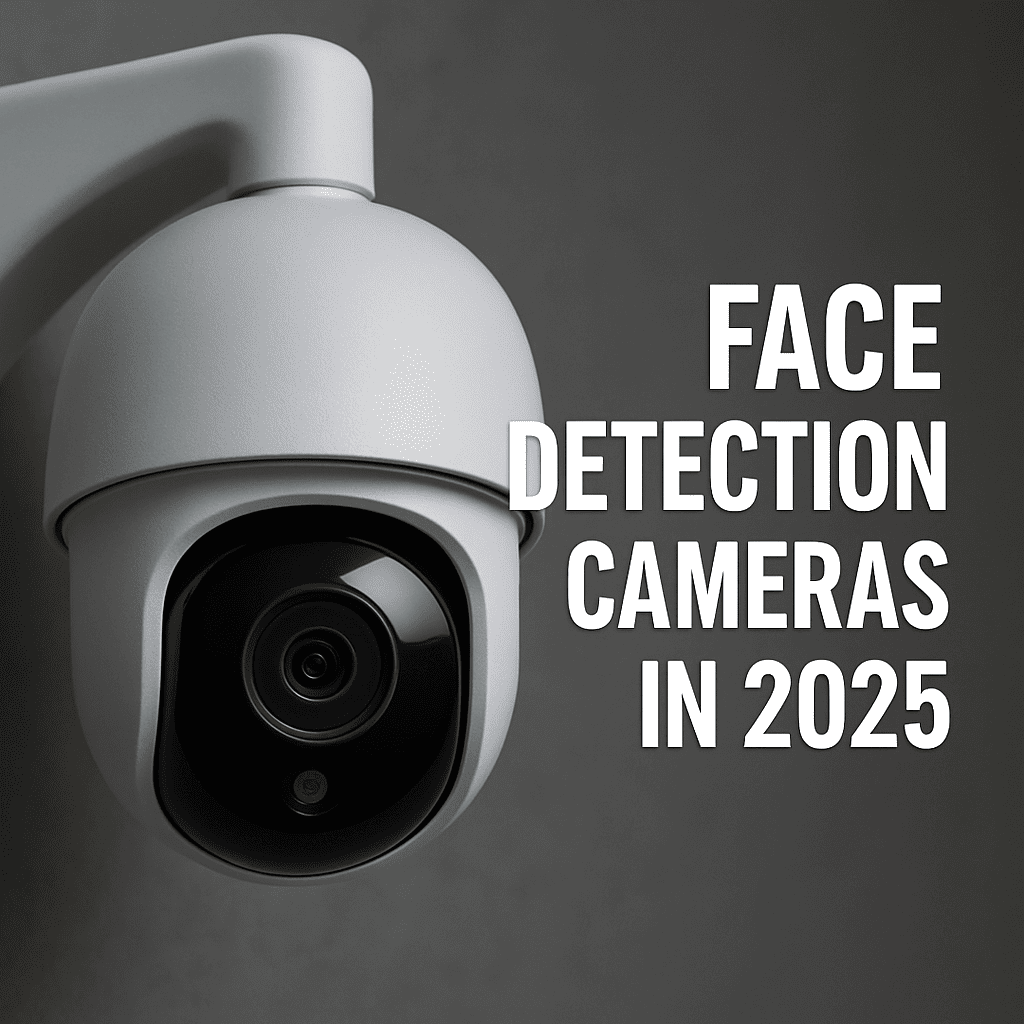AI Smartphones 2025: Smarter, Faster, Personal

In 2025, smartphones aren’t just smart—they’re intelligent companions. AI-powered smartphones now go beyond apps and cameras. They listen, learn, adapt, and predict your needs before you speak. From real-time translation to on-device AI chips that rival desktop processing, today’s smartphones are entering a new phase. Welcome to the AI-native mobile revolution.
How AI Is Reshaping Smartphones in 2025
Artificial Intelligence has been part of smartphones for years (think: voice assistants, filters, face unlock). But in 2025, it’s no longer a feature—it’s the foundation. Today’s flagship phones are designed around AI chips, enabling:
- Real-time image enhancement
- Live voice translation in calls
- Predictive navigation and search
- Context-aware smart assistants
- Personalized content generation
This is the era of AI-native smartphones, where intelligence isn’t in the cloud—it’s right in your pocket.
AI on the Chip: The Rise of Neural Processing Units (NPUs)
All major smartphone brands—Apple, Samsung, Google, Xiaomi, and Nothing—have introduced NPUs (Neural Processing Units) inside their latest devices. These chips handle billions of calculations per second, enabling features like:
- Blur-free night photography
- Instant text-to-image generation (for social & AR)
- Offline voice assistants (no internet needed!)
- Battery optimization based on daily behavior
Example: The Pixel 9 Pro’s Tensor G4 chip can predict which app you’ll open next and preload it for zero lag.
Real-Time Translation: A Global Game-Changer
AI smartphones in 2025 can translate live calls between languages. Imagine speaking Hindi while your voice comes out in fluent French—with your natural tone preserved. Thanks to on-device LLMs (Large Language Models), conversations are smoother, faster, and private (no cloud processing).
This is already built into devices like:
- Samsung Galaxy S25 Ultra
- Apple iPhone 16 Pro with Siri AI
- Xiaomi MixFold AI Edition
Smarter Cameras, Not Bigger Megapixels
AI photography is revolutionizing mobile content. Instead of adding more megapixels, brands focus on computational photography powered by machine learning. That includes:
- Scene detection and auto-enhancement
- AI-generated backgrounds and sky replacement
- Real-time object removal (bye-bye, photobombers)
- Instant product search from a photo
You no longer need editing apps—your phone edits as you click.
Personal AI Assistants: Your Daily Digital Companion
AI assistants in 2025 are context-aware. They remember how you speak, your preferences, and your schedule. Instead of saying “Set alarm,” you say:
“Wake me up before my 7 AM meeting.”
Your phone checks your calendar and adjusts accordingly.
Top assistants include:
- Siri AI (iPhone 16)
- Bixby Vision 3.0 (Samsung)
- Pixel Assistant+ (Google)
- MiAI Voice 2.0 (Xiaomi)
They can write messages, summarize articles, or even generate images and code—right from your phone.
AI & Privacy: Local Models, No Cloud Needed
A huge leap in 2025 is the use of on-device AI models. These allow all processing (speech, images, commands) to happen locally. Benefits:
- No data sent to the cloud
- Ultra-fast response time
- Better battery life
- Enhanced privacy and offline access
For example, Apple’s Private Compute Core processes all AI functions securely, keeping your data yours.
Customization: AI That Feels Yours
AI smartphones learn and grow with you:
- Suggest smarter keyboard predictions
- Automatically arrange home screens based on usage
- Recommend apps before you need them
- Personalize tone/style in generated texts
It’s like your phone becomes an extension of you—not just a device, but a daily co-pilot.
What’s Coming Next?
Soon, we’ll see:
- AI video editors built into default gallery apps
- Emotional AI that responds to your mood
- Holographic UI elements powered by spatial AI
- AI agents that negotiate appointments and bookings for you
This is not future tech—it’s already rolling out in beta.










